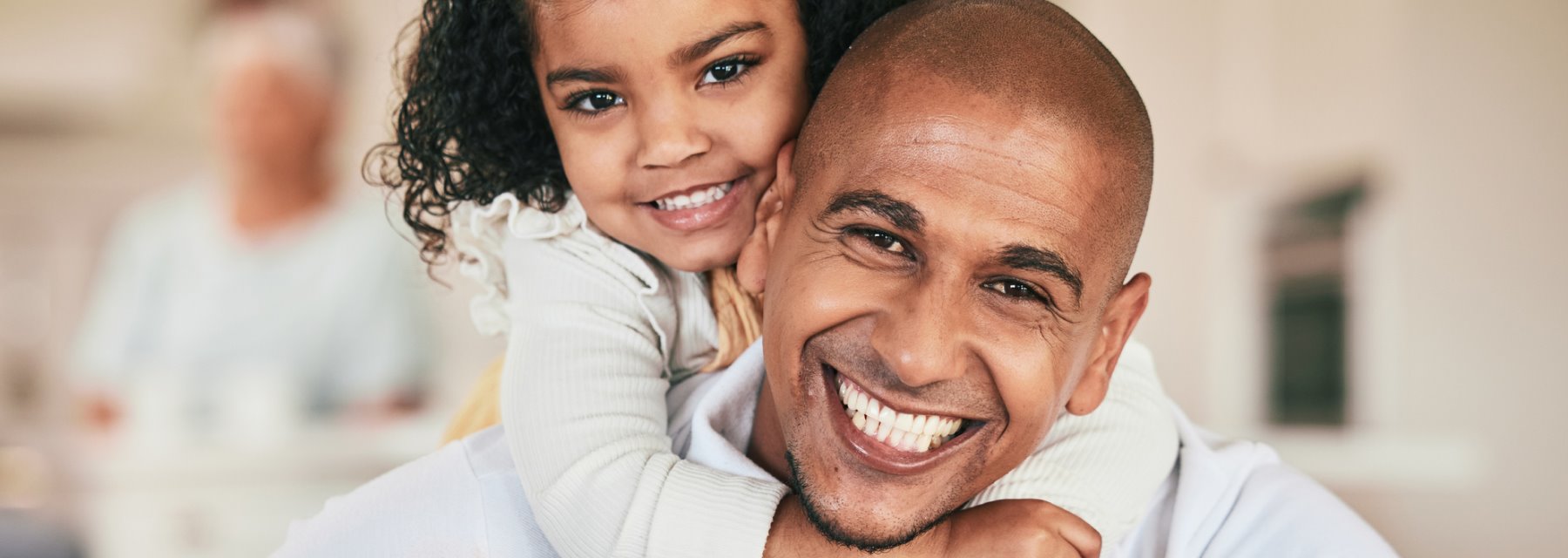
Post-Orthodontic Care
One day, in the not-too-distant future, your braces will come off, or you'll complete your sets of Aligners and the active phase of your treatment will come to an end. Now that you've made it through treatment and you have that brand new smile the next step is to make sure that it will last. We call this next phase: retention.
About Retention
Why Do Teeth Move After Braces?
Now that your teeth are beautifully straight you don't want to reverse any of the progress you made during treatment. The issue is that your teeth aren't set rigidly in the jawbone — instead, they're held in place by a network of fibers called the periodontal ligaments. After your orthodontic appliances have been removed, it takes several months for the periodontal ligament to adjust to the new position of your teeth and "lock" your teeth into place. Before the periodontal ligaments adjust, they'll want to move your teeth back to where they were before. So if you want to keep that new smile — and not waste all the time, effort, and money it took to get it — it's essential to wear your retainer!
Being fitted for a retainer usually happens on the same day your braces are removed. After your teeth are thoroughly cleaned we will either take impressions of your teeth or complete a digital scan. We then use the scans or bite impressions to carefully craft your retainer. A perfect fit is essential since it needs to keep your teeth exactly where they are. If you try on your retainer and it's uncomfortable at all, let Dr. Kattner know, and adjustments to the retainer will be made if necessary.
Three Types of Retainers
There are three basic types of retainers available today and each works best in particular situations. Dr. Kattner will evaluate which retainer is best for you when you finish with your orthodontic treatment.
Maintaining
Finally, in order to prevent your retainer from being damaged or lost, use the retainer case provided by our office. You'd be surprised how many retainers end up folded in a napkin and accidentally discarded! Also, don't expose your retainer to excess heat by washing it in very hot water or leaving it in a really hot place - the plastic or acrylic of the retainer can warp making it unusable. With proper care and conscientious use, a retainer can help you transition from braces to a permanent, healthy smile.
Related Articles
The Importance of Orthodontic Retainers
Decades ago, orthodontists used to think that once teeth were moved into the "right" positions, they would stay there forever. Research over the past thirty years has shown that this is not true — there is no "right" position that can assure a permanent, unchanging result. The only way to be sure the alignment of your teeth and your bite remains stable after orthodontic treatment is to wear retainers as needed and as directed by your orthodontist or dentist…
Why Orthodontic Retainers?
It is common to wear retainers following orthodontic treatment or what people commonly refer to as braces, for good reason. Teeth must be "retained" or stabilized in their new position long enough for the gum tissue, bone and ligament to reform and mature around them, which can take several months. The teeth will tend to relapse into their old position quite rapidly if the retainers are not worn…
